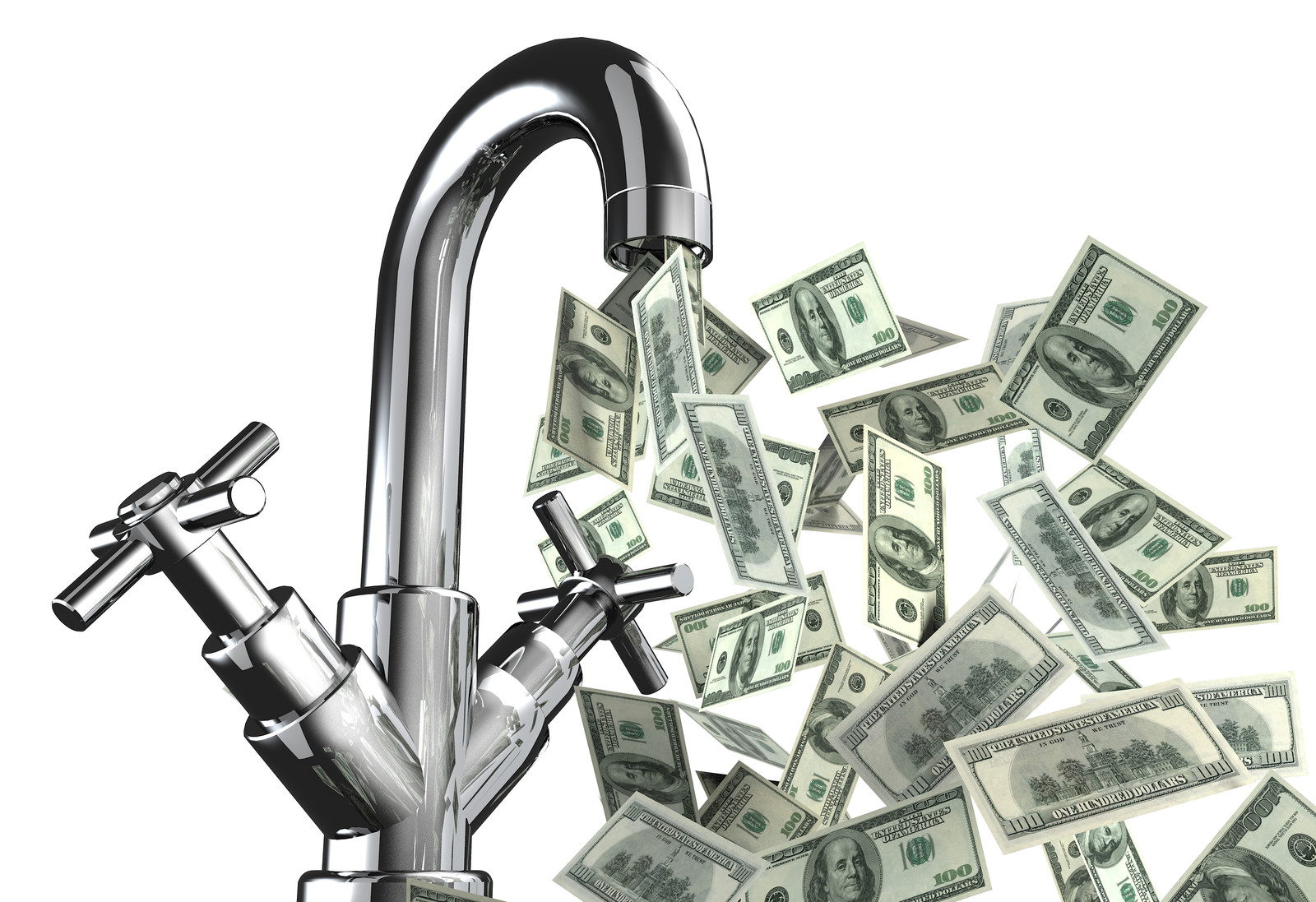Improved Forecasts = Better Cash Flow!
All businesses need positive cash flow to sustain themselves. Good sales forecasting and inventory management provide a strategic roadmap to improve operational performance and cash flow.
10 Ways to Improve Forecasts:
- Ensure the Forecasts Reflect the Company’s KPI’s – A company’s top-level KPI’s measure its performance against its core business objectives. Forecasts need to support these KPI’s to ensure that they provide a roadmap for achieving the company objectives.
- Get Collaboration and Buy-in from All Areas of the Company – The forecasting process requires all departments to work together. Upper Management and Finance provide guidance on company objectives, Production must provide information on capacity, Distribution provides workforce scheduling, Marketing and Sales provide guidance on promotions and the marketplace. Getting input from all areas of the company breaks down silos to ensure forecasts are realistic and promotes ownership throughout the company.
- Determine the Drivers of the Business to Forecast for Greatest Accuracy – All businesses are unique and the drivers of the business must be reflected in the forecasts. Forecasts for some businesses may be driven by seasonality, while other businesses’ forecasts are determined by geography or channel. It is important to know what determines the selling patterns of the business and use these to forecast demand.
- Focus on Demand Forecast, not Sales – It is essential to focus on the demand for an item, and not the sales. The demand may be higher than the sales if you have been out of stock of an item; the demand may be lower if the customer only bought that item because the one they really wanted was out of stock. By focusing on demand instead of sales, you can capture the true future sales potential of an item.
- Apply Human Intervention – Forecasts can never be completely automated. It is important to apply human intervention when anomalies, stock-outs, and fire sales occur. Human intervention is required to ensure these unusual “trends” are not carried forward into the forecast.
- Apply ABC Ranking – Rank your items to ensure that the company is focusing on the most important priorities. In addition to ensuring there is enough inventory to cover the forecasted sales of top items, the Warehouse can house these items in more prominent locations and Production can prioritize these items.
- Use Exception Reporting – Exception Reports that focus on the greatest effect or the greatest deviation from the original forecast will help companies capitalize on their Opportunities and limit their Liabilities, increasing efficiency, profitability and cash flow.
- Prior to Locking the Forecasts, Do a Roll-up for a Sanity Check – Is the Roll-up realistic? Does the Roll-up reflect the Company objectives? This is an opportunity to examine the data-driven results and make adjustments to either the forecasts or to the company goals, if necessary. Forecasts provide a roadmap for the company so strategic decisions can be made and adjustments can be made based on what is actually happening.
- Measure for Forecast Accuracy – Forecasts should be measured periodically to verify that the criteria being used to generate and update forecasts is still relevant. The main question: Is the item still following the same sales curve?
- Use Granular Data to Increase Sales and Improve Forecasts – The data gained through a forecasting system can give insight into the “sweet spot” for price point by location or channel. By using this intelligence, strategies can be developed to increase sales and forecasts can be adjusted using the new strategy.
SAFIO Solutions can help your company improve its forecasts, which leads to increased efficiency, profitability and cash flow.









